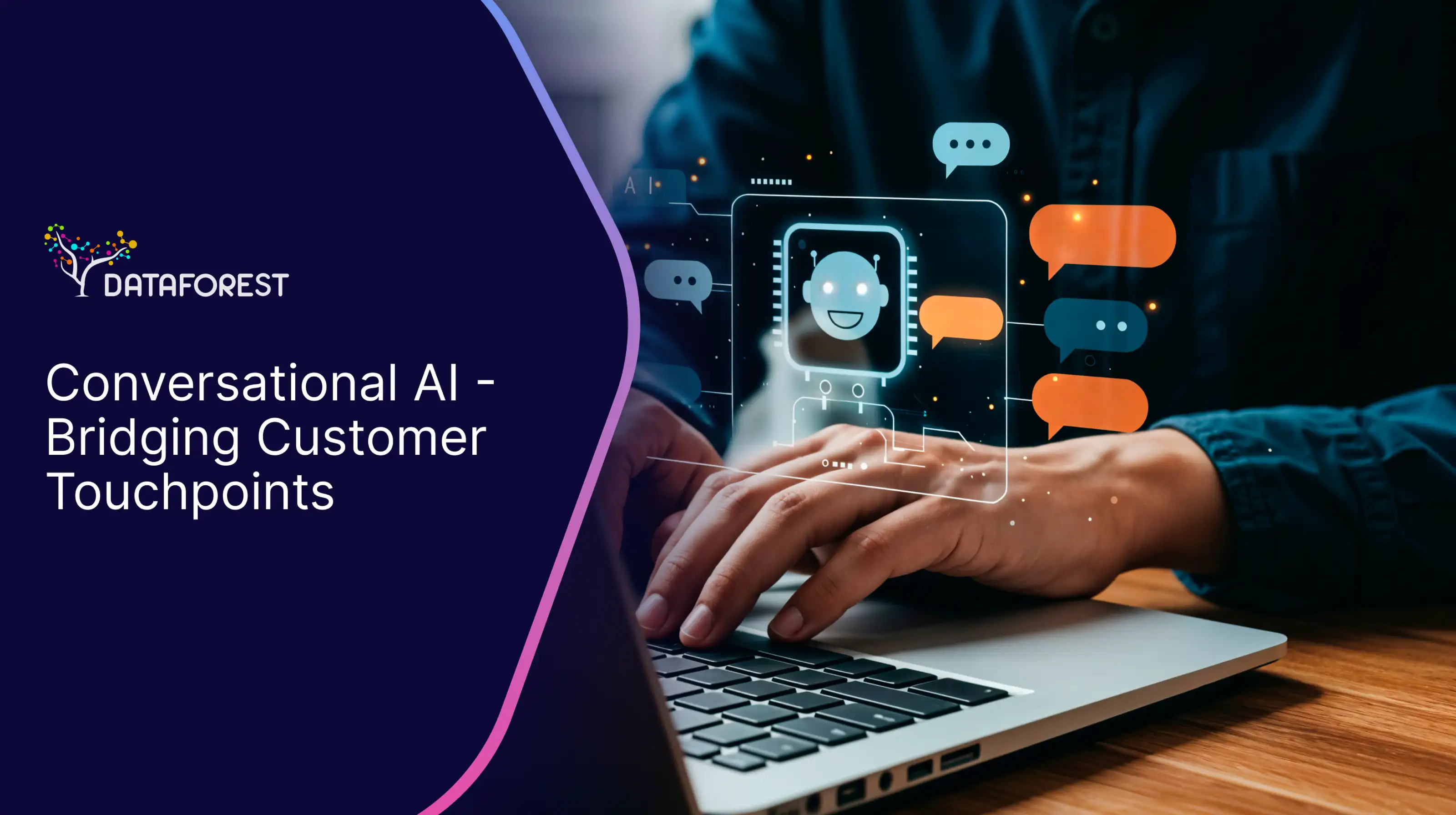Streaming Data: Real-Time Continuous Data Flow for Modern Systems

Share
Table of contents:

Streaming data refers to continuously generated, real-time information from distributed sources such as IoT devices, applications, logs, sensors, and user interactions. Unlike batch data, which is processed periodically, streaming data is ingested, processed, and analyzed as events occur, enabling real-time decision-making and automation.
Foundational Aspects
Streaming data represents an ongoing, time-ordered sequence of events. Systems built for streaming rely on low-latency ingestion pipelines, distributed processing engines, and scalable storage layers to handle high-velocity and potentially infinite data flows.
Typical components include:
- Producers: Data sources generating continuous events.
- Stream Processor: Real-time engine to filter, transform, and route data.
- Storage: Warm storage for fast access and cold storage for archiving.
- Consumers: Downstream services, dashboards, ML models, or alerting systems.
Main Attributes
High Velocity
Streaming systems ingest and process data in milliseconds or seconds, supporting use cases such as fraud detection, telemetry analytics, and operational monitoring.
Continuous and Infinite Flow
Data arrives without a defined endpoint, requiring scalable systems to store, summarize, or discard data based on relevance and retention policies.
Low Latency Processing
Processing happens in near real time to ensure actionable insights with minimal delays.
Event-Driven Operation
Each datapoint is treated as an event. Systems may analyze events individually or aggregate them over defined windows (e.g., 10 seconds, 1 hour).
Scalable Architecture
Streaming workloads require distributed computing, often powered by horizontal scaling to support millions of events per second.
Parallel Processing and Partitioning
Data is split into partitions, allowing independent and parallel stream processing across multiple nodes for efficiency and throughput.
Intrinsic Characteristics
Fault Tolerance
Systems utilize replication, checkpointing, and log-based recovery to ensure continuity and avoid data loss.
Windowing
Time-based (tumbling, sliding) or activity-based (session) windows allow aggregated computation on continuous streams.
Data Transformation and Enrichment
Streaming pipelines enrich raw events with metadata, reference data, or contextual identifiers for downstream analytics or ML inference.
Integration with Databases and Data Lakes
Processed data may be forwarded to OLAP stores, feature stores, time-series databases, or data lakes for further analytics or historical insights.
Real-Time Analytics
Dashboards and alerting platforms visualize live metrics, anomalies, or trends, enabling operational intelligence and automated responses.
Microservices and API Compatibility
Streaming architectures commonly integrate with microservices patterns, exposing events or processed outputs via APIs for downstream applications.











